Black holes have escaped from astrophysics into the everyday imagination. Yet the gaps in our knowledge of their nature and even, possibly, their existence are considerable.
Black holes were born from theory, not observation. We have known about conventional stars for as long as we’ve been able to look up at a clear night sky.
But no one ever saw a black hole. Instead, they were predicted to exist at a time when there was no way of checking whether there was any such thing out there. And that prediction happened not once, but twice.
Who was the first person to study black holes?
The first inspired thinking on the matter was back in the 18th Century. The man who dreamed up what he called ‘dark stars’ was John Michell, a Cambridge scientist who later became a clergyman. It was from his rectory that he came up with the concept, combining two key ideas of the latest science at the time.
One was escape velocity. Michell knew that when a bullet is shot straight up into the air, it has just two forces acting on it once it leaves the gun – air resistance and gravity.
As it gets higher, both of these forces weaken. The air gets thinner and, as Newton had made clear, gravity’s attraction drops off with the square of the distance between the centres of the bodies involved – in this case, the bullet and the Earth.
Read more about black holes:
- Flash of light seen from possible black hole collision
- Mysterious object may be smallest black hole ever found
- Researchers verify ‘extremely odd’ black hole physics
A typical bullet from the black powder guns of Michell’s day could travel as fast as 300 metres per second. But despite this impressive velocity, the forces acting to slow it brought the bullet back down to Earth.
Michell, though, knew that a bullet travelling about 37 times faster would be able to overcome the Earth’s attraction and fly off into space. It would have achieved escape velocity.
He combined this idea with a discovery from the 1670s when Danish astronomer Ole Rømer realised that an apparent variation in the timing of Jupiter’s moons was caused by the varying time that light took to reach us from the planet.

Ever since ancient times, there had been arguments over whether light travelled instantly, or just extremely quickly.
Rømer found evidence for a measurable speed, as the changing relative positions of Jupiter and Earth in their orbits varied the time that light took to reach us. He calculated light’s speed to be around 220,000km/s.
In the following 100 years, this figure was measured more accurately so that Michell was working with something closer to our current 300,000km/s. But the specific value didn’t matter – the point was that light had a speed.
Combining the two concepts of escape velocity and light having a finite speed, Michell wondered what would happen if a massive star had an escape velocity that was above the speed of light. The more mass in a body, the higher its escape velocity.
Therefore, in principle, there could be a star so massive that even light would not escape from it. Such a ‘dark star’ would have to be immense. Even though the escape velocity from the surface of the Sun, for instance, is over 600km/s, it is still far lower than the speed of light.
Read more:
Michell’s theory was based on an incorrect assumption – that light was made up of normal particles that could be slowed down like any other projectile by the force of gravity. But the idea of these mysterious ‘dark stars’ faded into history.
Fast-forward to the 20th Century and Karl Schwarzschild revived the theories in the heat and horror of World War One. It was 1915 and the 41-year-old German physicist had volunteered to join up with the German army.
Somehow, perhaps as a distraction from the devastation around him, he found time to think about Einstein’s elegant equations and his brand new theory of General Relativity.
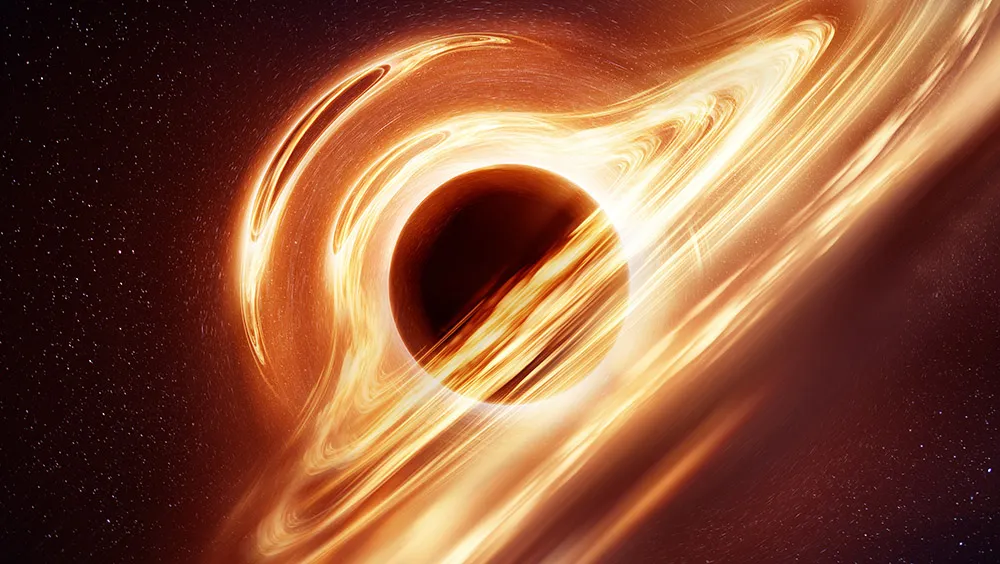
Einstein’s equations are too complex to provide a universal solution, but Schwarzschild solved them for the special case of a spherical body that was not spinning.
It emerged from the mathematics that if all the mass of that body was crammed into a sphere of a size now called the Schwarzschild radius, the distortion in space-time would be so great that light from the object would never escape. Anything closer than a sphere around the body of that radius would travel through a surface of no return, the black hole’s event horizon.
The most obvious source of such a body would be a collapsing star. In normal operation, a star’s nuclear reactions fluff it up against the pull of gravity. But once those reactions start to fade, matter in the star can collapse.
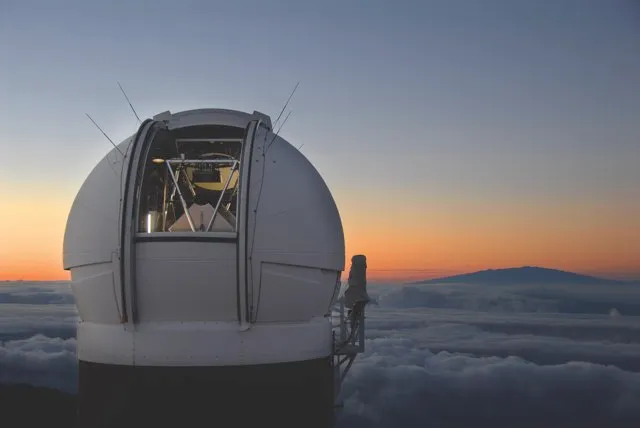
The expectation is that this collapse would be halted by a quantum effect called the Pauli exclusion principle, forming an intensely dense neutron star. If the star were massive enough, though, exceeding about three times the mass of the Sun, the exclusion principle should be overcome and the collapse would be unstoppable.
In principle, the material in the black hole would continue to collapse all the way to a dimensionless point – a ‘singularity’ with infinite density and a force of gravity that headed off to infinity as it was approached.
In reality, we don’t know what would actually happen, because the singularity is an admission that our physics has broken down.
How do you see a black hole?
For a good time after Schwarzschild, black holes were purely theoretical. Or at least collapsed stars were, as they were yet to receive their more intriguing moniker. ‘Black hole’ is often ascribed to the American physicist John Wheeler, but its origins are shrouded in mystery.
The term was first reported at an American Association for the Advancement of Science meeting in January 1964. It’s not certain who used it, but Wheeler soon picked up the term and popularised it. It might seem that searching for black holes would be a waste of time.
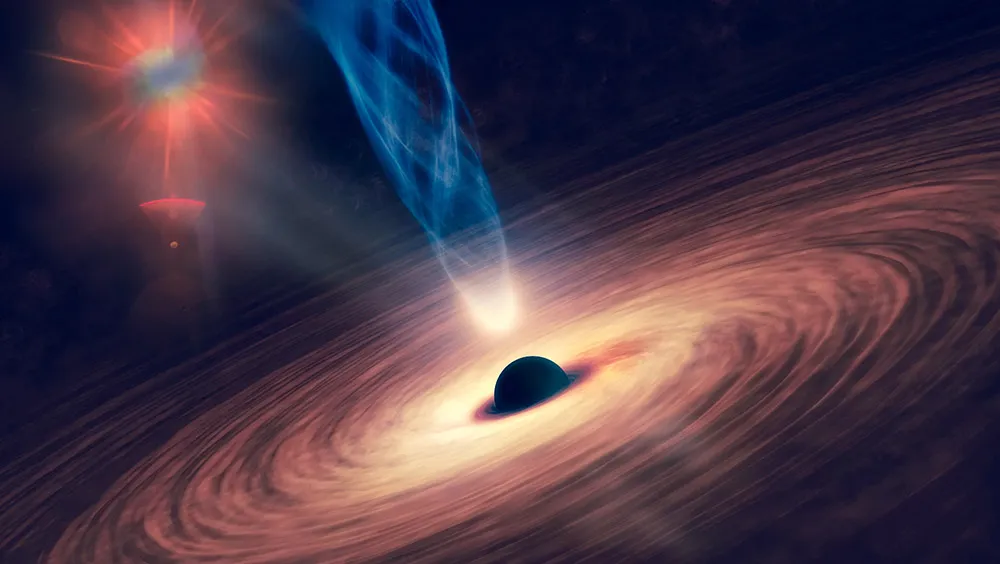
How do you see something that doesn’t give off light? But as the physics of black holes developed, scientists realised that indirect routes were available.
As astronomers can’t see the hole itself, they need to look for its side effects. When matter is dragged into a spinning hole, and pretty well everything in the Universe does spin, it should produce an ‘accretion disc’, glowing brightly as a result of friction, and would also generate distinctive ‘jets’ from the poles.
Then there are the gravitational effects. We might see nearby bodies influenced by the black hole. This is a venerable technique, and was used in the past to infer the existence of Neptune. Astronomers studied the way the orbits of the other planets were influenced by Neptune’s gravitational pull.
You might also like:
- Dark energy is hiding in our Universe –here’s how we’ll find it
- The nine most mysterious objects in the Universe
Finally, there is ‘Hawking radiation’. Stephen Hawking surprised himself as much as anyone else when in 1974 he realised that black holes couldn’t truly be black.
The idea came from his understanding of quantum physics – the science governing very small things – and in particular the ‘uncertainty principle’. This said that localised energy can fluctuate significantly over small periods of time, allowing pairs of quantum particles to emerge and then disappear again before they are observed.
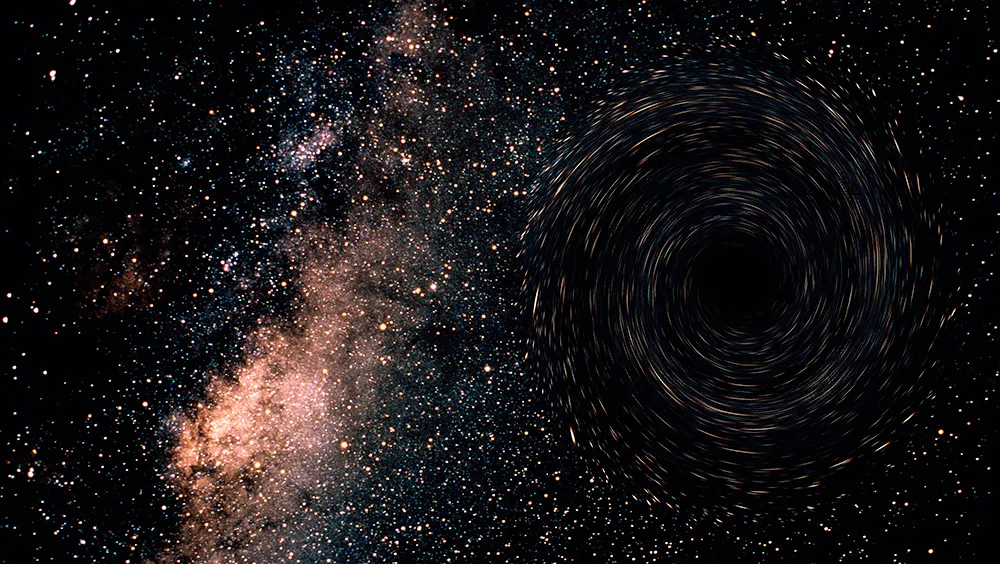
If this happens near a black hole’s event horizon, one of these ‘virtual’ particles could be pulled in while the other flies off. These stray particles make up Hawking radiation. This is unlikely to be detectable at any great distance.
After Schwarzschild’s solution, black holes seemed the natural end for the right kind of stars with masses at least three times that of the Sun. But this particular scale is not a limitation of the black hole itself, merely the formation mechanism.
In principle, black holes could exist on any scale from the microscopic all the way through to millions of times the mass of the Sun. There are broadly four categories, two of which have probably been detected.
At the tiny, totally hypothetical end of the scale are micro black holes and quantum black holes. A micro black hole would form, for instance, if the Earth collapsed, forming an event horizon about 9mm across, though thankfully there is no known mechanism for this to occur.
Quantum black holes are even smaller, from a scale of around 5,000 protons up. In principle, they could be produced in a particle accelerator and would almost immediately decay.
Current accelerators don’t have the energy to produce one unaided, but if the Universe has extra dimensions, this could reduce the energy threshold to something accessible.
The best evidence we have for conventional black holes, formed from the collapse of a dying star, is X-ray binaries.
In these objects, material is accelerated from one normal star into an invisible star, giving off X-rays. This can happen with a neutron star, but if the ‘eating’ star has more than about three times the mass of the Sun, it should in theory be a black hole.
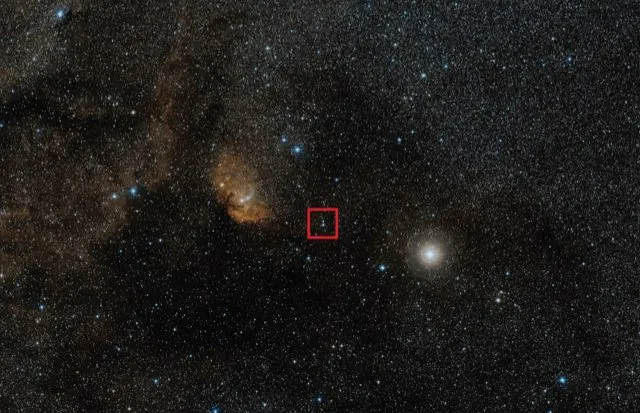
The first X-ray binary widely recognised as containing a black hole was Cygnus X-1. A powerful X-ray source was detected in 1964, and was identified as a black hole candidate in 1971.
A blue supergiant star in the binary was being stripped of material by the X-ray source, which appeared to have a mass in the region of 9 to 15 times that of the Sun.
In 1975, Kip Thorne and Stephen Hawking made a bet as to whether this was, indeed, a black hole. Hawking, on the ‘no’ side, paid up in 1990 when better observational data was obtained.
Back to black hole basics
Since 1990, the identification of Cygnus X-1 has become less certain. This is because the companion star is very large, which makes it difficult to be sure of the mass of its ‘compact object’ companion.
Many other candidates have been detected since, although evidence remains indirect and is based on theoretical assumptions about the maximum size of a neutron star that may not be borne out in practice.
Supermassive black holes are thought to exist at the heart of most galaxies, possibly forming from the collapse of a dense gas cloud in the galaxy’s early life.
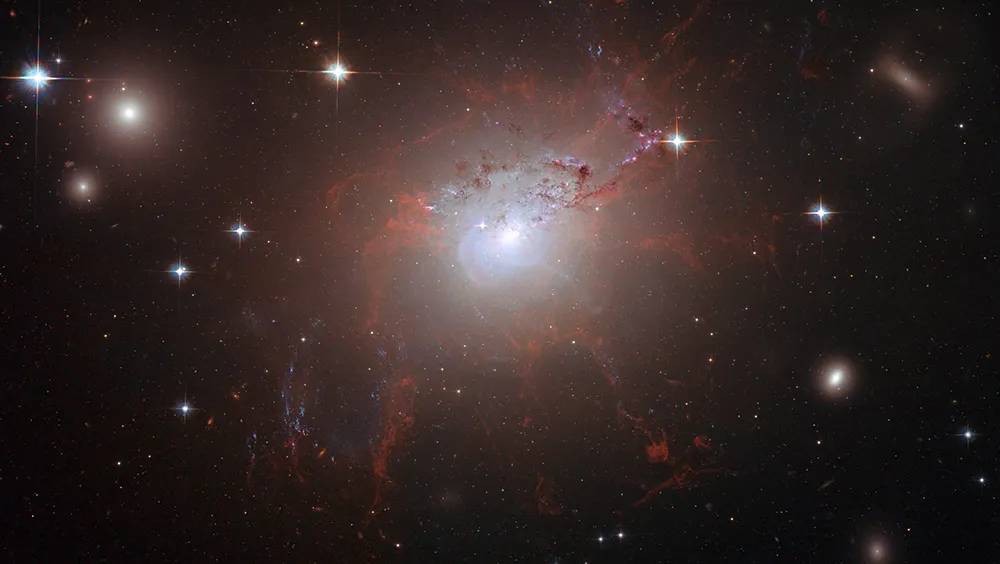
Such black holes may play a significant role in galaxy formation, giving the galaxy a hub to coalesce around. Candidates have been detected at many galactic centres, thanks to unusually high electromagnetic emissions from these regions, and the odd motion of nearby stars.
A star called S2 orbits the centre of the Milky Way at about four times the radius of the orbit of Neptune.
From S2’s path, it seems likely that it’s orbiting something with a mass of about 4.3 million times that of the Sun. The object matches the position of an intense radio source called Sagittarius A*, and there is currently no other explanation for this except a supermassive black hole.
Elsewhere, stellar destruction gives a clue. Unusually bright light signatures in distant galaxies are thought to be stars being ripped apart by supermassive black holes.

All is not certain, though. A 2014 study suggested that black holes won’t form at all. The authors suggest that as a star collapses, Hawking radiation during the collapse would reduce the mass of the star sufficiently that the black hole never reaches completion.
There would be an ultra-dense body acting like a black hole, but without the singularity or the event horizon.
The paper is not universally accepted, but illustrates how our understanding of black holes is primarily driven by theory. Whatever the reality, we can expect more surprises.
Key terms
Accretion disc - Rotating matter is pulled into a disc shape by a star (part of the formation process of a solar system). In the case of black holes, nearby matter is accelerated intensely by gravity, giving off a bright glow.
Jet -Streams of matter accelerated to nearly the speed of light are emitted at right angles to the accretion disc. The cause of these jets is uncertain, though they may be the result of a complex magnetic field.
Pauli exclusion principle - This principle of quantum mechanics establishes that two fermions (a type of subatomic particle) cannot be in an identical quantum state. This results in ‘exchange interaction’, which is like a short-range force keeping fermions apart – except in extreme conditions like black hole formation.
Singularity -In the case of astrophysics, a singularity is a mathematically predicted condition where space-time becomes so locally distorted by gravitation that the force of gravity tends to infinity and current theories of physics break down.

